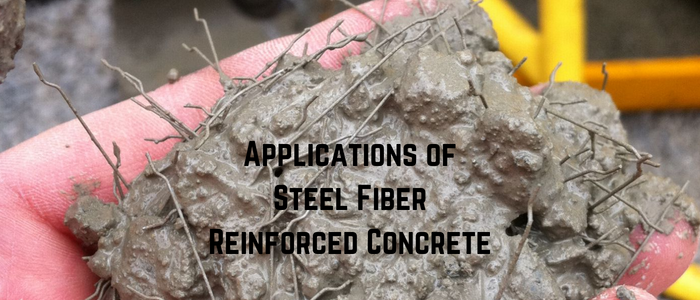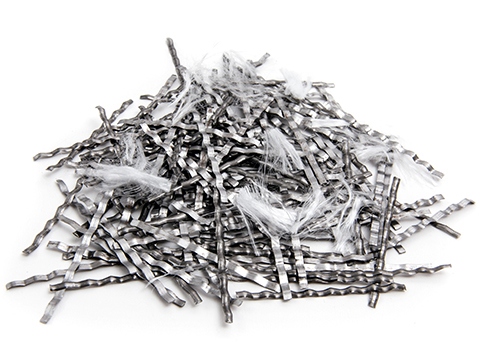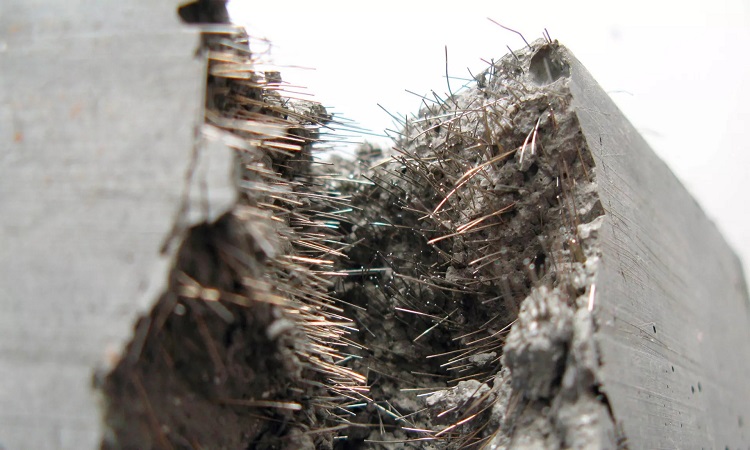Steel fiber is a type of reinforcement material that is commonly used in concrete to improve its strength and durability. Steel fibers are added to the concrete mix to provide additional support and to prevent cracking. The use of steel fibers in concrete has become increasingly popular because of their numerous benefits, including increased durability, impact resistance, and improved load-bearing capacity. This article explores the role of steel fibers in concrete, their benefits, and how they are used in construction.
Introduction:
Steel fiber is an important material used in the construction industry to improve the strength and durability of concrete. In recent years, the use of steel fibers in concrete has become increasingly popular due to their many benefits. This article will explain what steel fibers are, how they work, and the benefits they provide to concrete.

What is Steel Fibers?
Steel fibers are small, high-strength wires made from carbon steel or stainless steel. They are typically added to the concrete mix in small quantities (usually between 0.5% and 2% by volume) to provide additional reinforcement. The steel fibers are evenly distributed throughout the concrete mix, forming a three-dimensional network that provides enhanced strength and durability.
How to do Steel Fibers Work?
When added to the concrete mix, steel fibers help to prevent cracking and increase the tensile strength of the concrete. The fibers act as tiny reinforcing bars, helping to distribute the load across the entire surface of the concrete. This makes the concrete more resistant to cracking and improves its overall durability.

Benefits of Using Steel Fibers in Concrete:
- Increased Durability: Steel fibers help to increase the durability of concrete and make it more resistant to wear and tear. This is particularly important in high-traffic areas, where the concrete is exposed to a lot of wear and tear.
- Improved Load-Bearing Capacity: Steel fibers help to increase the load-bearing capacity of concrete, making it stronger and more capable of supporting heavy loads.
- Impact Resistance: Steel fibers make concrete more resistant to impact damage, which is particularly important in areas where heavy machinery is used or where there is a risk of impact damage.
- Crack Control: Steel fibers help to prevent cracking in concrete by providing additional reinforcement and improving the tensile strength of the material.
How are Steel Fibers Used in Construction?
Steel fibers are added to the concrete mix during the batching process. They are typically added to the mixer along with the other ingredients, including cement, sand, and water. The steel fibers are evenly distributed throughout the mix, forming a three-dimensional network that enhances the strength and durability of the concrete.

Examples of Steel Fiber Concrete Applications:
- Industrial Flooring: Steel fiber concrete is commonly used in industrial flooring applications due to its increased durability and load-bearing capacity.
- Bridges: Steel fiber concrete is often used in bridge construction due to its ability to withstand heavy loads and resist cracking and impact damage.
- Runways: Steel fiber concrete is used in airport runways due to its ability to withstand heavy aircraft and resist wear and tear.
Conclusion:
Steel fiber is an important material used in the construction industry to improve the strength and durability of concrete. The use of steel fibers in concrete has become increasingly popular in recent years due to their numerous benefits, including increased durability, improved load-bearing capacity, and impact resistance. Steel fibers are added to the concrete mix during the batching process, and they are evenly distributed throughout the mix to enhance its overall strength and durability.